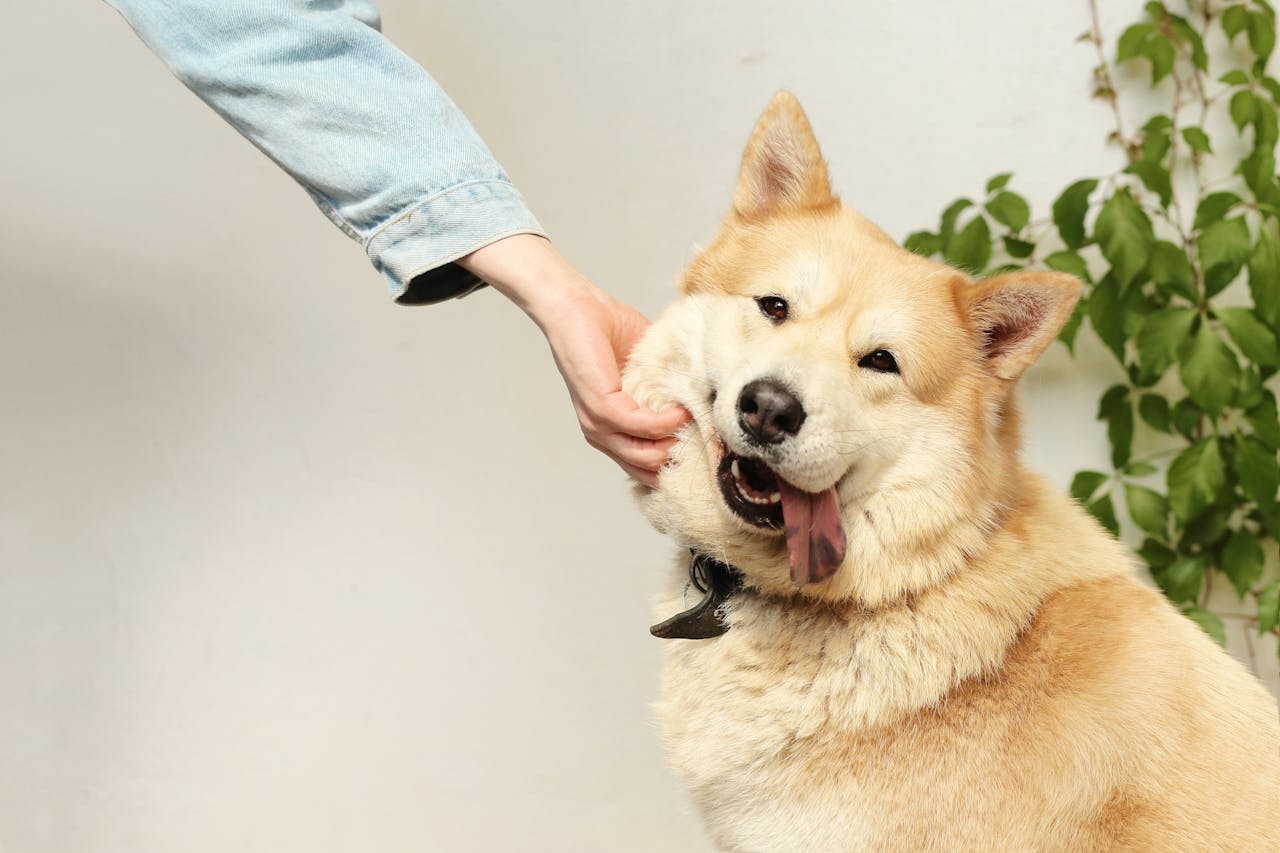Experts
Oxytocin Encourages Social Behavior in Newborn Monkeys
Oxytocin is often referred as the "bonding" or "love" hormone because it has been tied to behaviors, such as social recognition, pair bonding, orgasm, anxiety and maternal behaviors. In a new study, researchers examined the role of oxytocin in promoting social behavior in newborn rhesus monkeys. The team believes that oxytocin could be the key in treating children with social developmental disorders.
For this study, the researchers from the National Institutes of Health (NIH), the University of Parma in Italy and the University of Massachusetts Amherst worked with infant rhesus monkeys. In previous studies, oxytocin was linked to improving some social behaviors in adults. However, the link between the hormone and infants' social behavioral skills has not been observed. Social developmental disorders, such as autism, tend to be diagnosed at an early age. By studying how oxytocin helps infants, researchers could potentially find ways of combatting these disorders at the earliest stage possible.
"It was important to test whether oxytocin would promote social behaviors in infants in the same respects as it appears to promote social interaction among adults," said the study's first author, Elizabeth A. Simpson, Ph.D., postdoctoral fellow of the University of Parma, conducting research in the Comparative Behavioral Genetics Section of the NIH's Eunice Kennedy Shriver National Institute of Child Health and Human Development. "Our results indicate that oxytocin is a candidate for further studies on treating developmental disorders of social functioning."
The researchers found that oxytocin was tied to an increased use of two facial gestures depicted by the infant monkeys. The first gesture, which was lip smacking, was used during certain social situations. Lip smacking, which the babies performed within one month after birth, was a sign of social behavior because it lead to a response from the mother monkey. The second facial gesture that the infant monkeys used was tongue protrusion, which they did in order to imitate their human caretakers.
The findings were published in the Proceedings of the National Academy of Sciences.









Join the Conversation